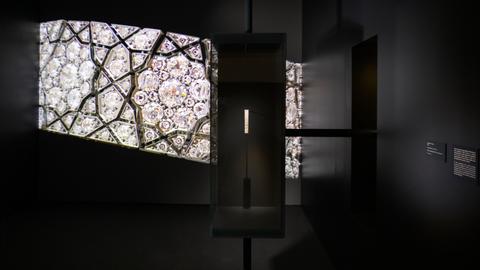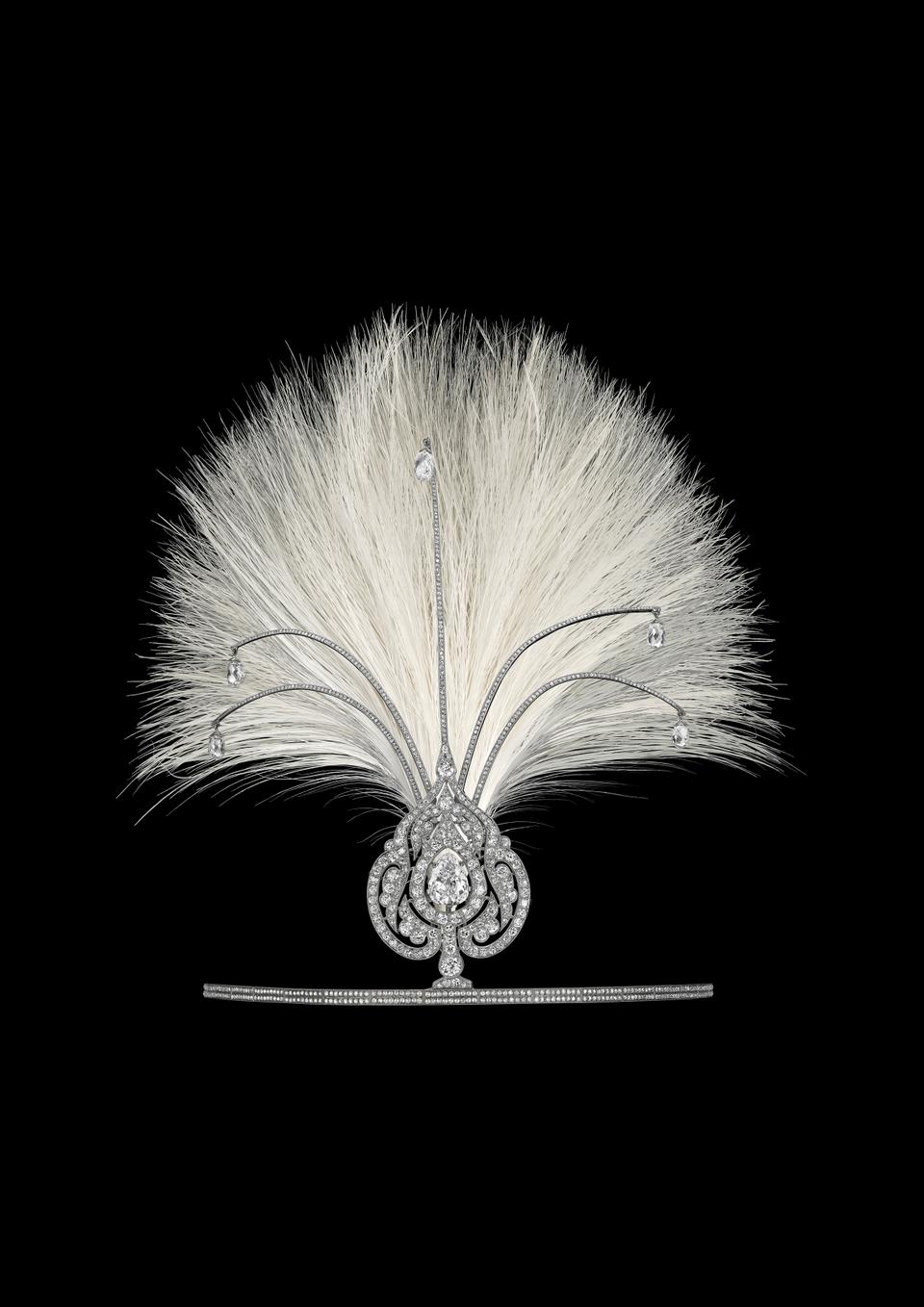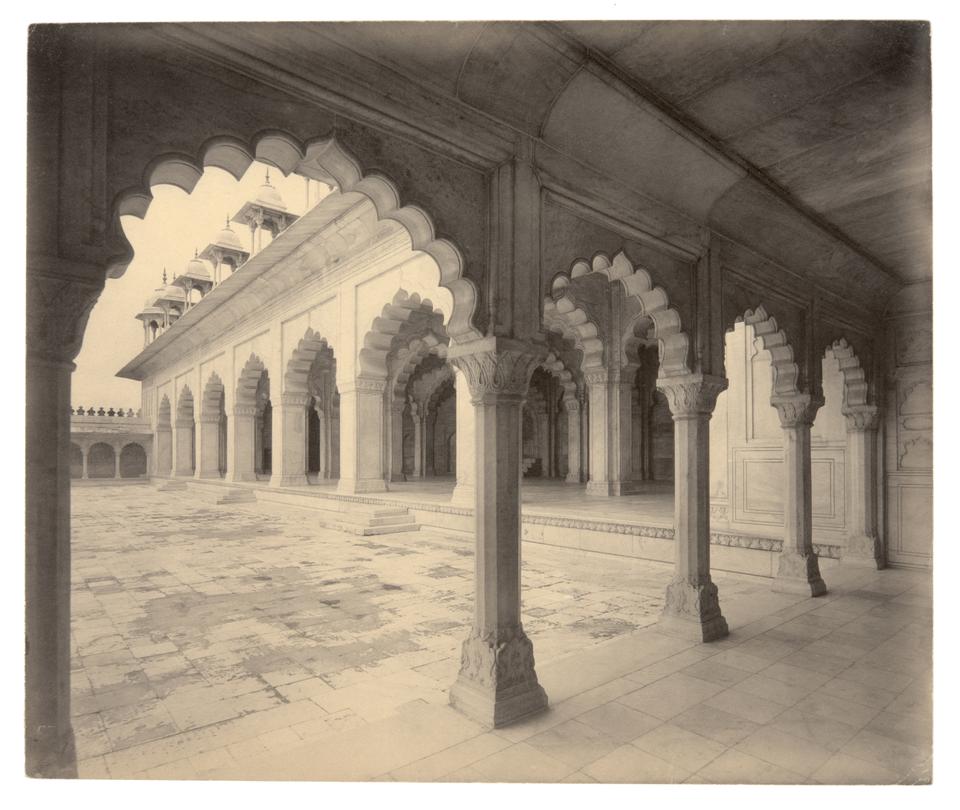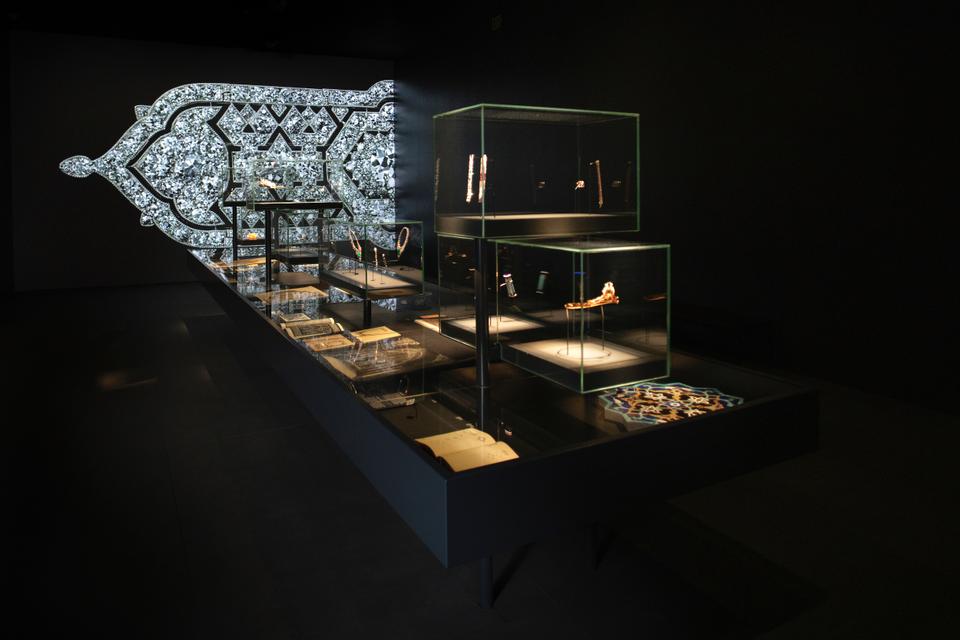
At a travelling exhibition showcasing Maison Cartier’s resplendent designs alongside their Islamic precursors, the influences are laid bare.
Cartier has put up a unique exhibition at the Dallas Museum of Art (DMA), bringing together over 400 objects – from its archives as well as on loan from other cultural establishments.

The exhibition, the house says, surveys “how Cartier’s designers adapted forms and techniques from Islamic art, architecture, and jewellery, as well as materials from India, Iran, and [what the press release groups together as] the Arab lands, synthesising them into a recognisable, modern stylistic language unique to the Maison Cartier.”

The brand, established in 1847, took its commercial start in 1899, when Louis Cartier opened the first Cartier boutique in Paris, soon to be followed by another in London.
Writing for the Wall Street Journal, Lee Lawrence says the exhibition tells “a complex and fascinating story,” which starts in the early 20th century –– “when an influx of Islamic art unleashed a new wave of interest in Europe and America in arts from Moorish Spain and Egypt to Iran and Mughal India.”
She refers to the costumes of “Ballets Russes” designed by Leon Bakst, as well as the harem pants in a Paul Poiret outfit, not to mention “illustrations for such tales as ‘The Thousand and One Nights’ and wallpapers, textiles, and ceramics emulating Persian, Arab and other designs.”

Moreover, the jewellery house also took advantage of knowledge gained through Lois’ youngest brother Jacques Cartier’s travels through India and the Persian Gulf. The Cartier website explains that the house would then collect “antique and contemporary jewellery, and use them as inspiration or dismantle them to integrate into new designs.”

Kuta writes that the Cartier brothers –– Louis, Jacques and Pierre— “drew inspiration from India, Iran, North Africa, the Arabian Peninsula and beyond to develop the brand’s signature style, which evolved from Neoclassicism to Art Nouveau to Art Deco.”
She finds that the jewellery house’s Tutti Frutti line of the 1920s and ‘30s, for instance, “incorporated rubies, emeralds and sapphires in the shapes of flowers, berries and leaves found in traditional Mughal Indian jewellery.”
With the Islamic influence laid bare at the exhibition, it’s no wonder the jewellery house succeeded spectacularly over the past 175 years –– building on something grand, something bigger than itself, it managed to take the supremacy of Islam and make it its own, through intricate geometric designs and storied jewels. THUMBNAIL AND HEADLINE IMAGES courtesy of Dallas Museum of Art. Photography by John Smith. Source: TRTWorld and agencies
#secret #influence #luxury #jeweller #Cartier #Islam https://www.globalcourant.com/the-secret-influence-behind-luxury-jeweller-cartier-islam/?feed_id=20768&_unique_id=63176f46ea9de